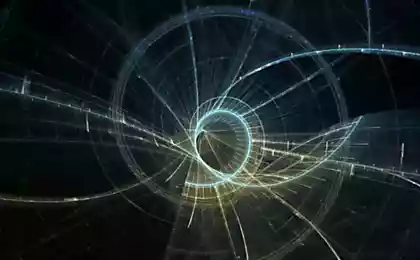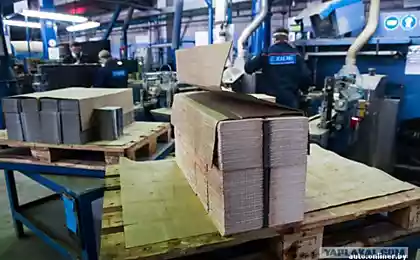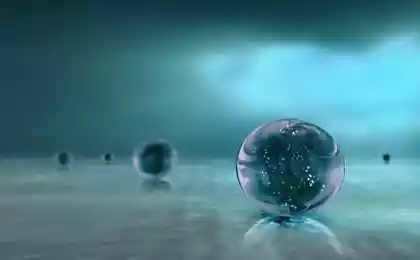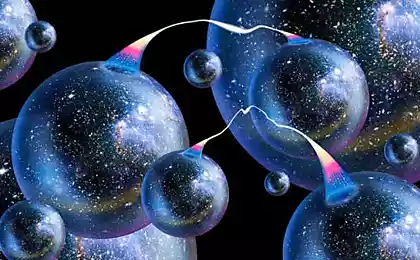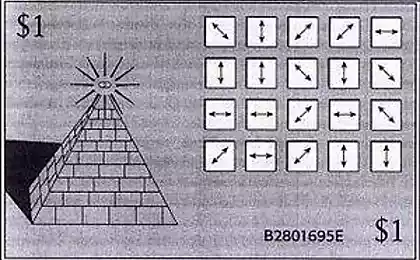558
"Quantum Battery" ready for mass production
A certain Japanese company suddenly announced that quietly developed and prepared for serial production of a laminated battery completely new type, and it is not a chemical current source and a capacitor. Nevertheless, the development is able to accumulate and store energy much better than traditional batteries.

The authors call the battery "quantum", emphasizing its physical and not chemical nature. Single cell already demonstrated by developers, a film of metal-oxide-semiconductor structure of n-type, which uses particles of titanium dioxide, tin dioxide and zinc oxide, coated with an insulating film. In the role of the latter may act as organic and inorganic insulators.
Instead of using the ion energy storage (as in the battery of your phone), a layered "quantum battery" exploits the electrons, just not as capacitors. It is alleged that the system is based on the storage of electronic "in the forbidden zone" semiconductor.
In the production of the "metal - oxide - semiconductor" charge storage layer is irradiated with ultraviolet unnamed parameters. After production, during charging, which can be made from any source, including penlight batteries, electrons occupy the free energetic levels in the working material and kept there for as long as the battery is not required to discharge.
Thus, we have rechargeable batteries with a very high density energy storage. According to the company Micronics Japan Co. Ltd., serial samples (promised in the near future) will have a capacity of up to 500 W • h / l and thus be able to deliver up to 000 watts of peak 8 power per liter of volume.
It's not just high, and outstanding performance: such drives even at low capacity can issue more peak power, combining the best features of batteries and supercapacitors. That is, in the theory of regenerative braking to be able to use them much more efficiently than today's electric vehicles and hybrids. At the same time, unlike the supercapacitors voltage from these drives are not reduced as they discharge, remaining stable until the end of
Posted in [mergetime] 1393422339 [/ mergetime]
In addition, it is stated that "quantum battery" will be able to work in a range from -25 to +85 ° C, and its life cycle reaches 100 thousand. Charge-discharge cycles before the fall of the tank below 90% of the original. Unlike previous versions of "quantum battery" new uses "difficult" and expensive materials such as graphene, and therefore "completely ready for mass production».
Note, however, that in a demonstration of the new drives use only one sheet of accumulation - on a substrate made of stainless steel with a thickness of 10 microns, it is possible to combine these elements accumulate in large-scale group is only to be proven. In addition, developers are going to spend some time to replace steel with aluminum in order to reduce the specific gravity of the news.
Posted in [mergetime] 1393422360 [/ mergetime]
Certainly, the concept in the form in which it announces Micronics Japan, there are several undeniable advantages. In particular, non-chemical battery obviously will not fire. Certainly, the ability to quickly issue from the network and take a lot of energy will dramatically accelerate the charging of such drives. Speaks for itself and the high capacity "quantum battery": if the manufacturer will keep my word, it will help finally to bring smartphones to a seven-day working week between charges and, say, almost triple the range of the current elektroavto!
New exhibition from 26 to 28 February in the Japanese exhibition drives held in Tokyo.
Prepared according to Tech-On! .. The image on the splash screen belongs Shutterstock.
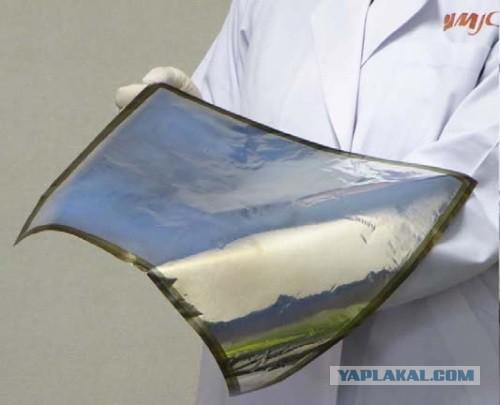
Source:

The authors call the battery "quantum", emphasizing its physical and not chemical nature. Single cell already demonstrated by developers, a film of metal-oxide-semiconductor structure of n-type, which uses particles of titanium dioxide, tin dioxide and zinc oxide, coated with an insulating film. In the role of the latter may act as organic and inorganic insulators.
Instead of using the ion energy storage (as in the battery of your phone), a layered "quantum battery" exploits the electrons, just not as capacitors. It is alleged that the system is based on the storage of electronic "in the forbidden zone" semiconductor.
In the production of the "metal - oxide - semiconductor" charge storage layer is irradiated with ultraviolet unnamed parameters. After production, during charging, which can be made from any source, including penlight batteries, electrons occupy the free energetic levels in the working material and kept there for as long as the battery is not required to discharge.
Thus, we have rechargeable batteries with a very high density energy storage. According to the company Micronics Japan Co. Ltd., serial samples (promised in the near future) will have a capacity of up to 500 W • h / l and thus be able to deliver up to 000 watts of peak 8 power per liter of volume.
It's not just high, and outstanding performance: such drives even at low capacity can issue more peak power, combining the best features of batteries and supercapacitors. That is, in the theory of regenerative braking to be able to use them much more efficiently than today's electric vehicles and hybrids. At the same time, unlike the supercapacitors voltage from these drives are not reduced as they discharge, remaining stable until the end of
Posted in [mergetime] 1393422339 [/ mergetime]
In addition, it is stated that "quantum battery" will be able to work in a range from -25 to +85 ° C, and its life cycle reaches 100 thousand. Charge-discharge cycles before the fall of the tank below 90% of the original. Unlike previous versions of "quantum battery" new uses "difficult" and expensive materials such as graphene, and therefore "completely ready for mass production».
Note, however, that in a demonstration of the new drives use only one sheet of accumulation - on a substrate made of stainless steel with a thickness of 10 microns, it is possible to combine these elements accumulate in large-scale group is only to be proven. In addition, developers are going to spend some time to replace steel with aluminum in order to reduce the specific gravity of the news.
Posted in [mergetime] 1393422360 [/ mergetime]
Certainly, the concept in the form in which it announces Micronics Japan, there are several undeniable advantages. In particular, non-chemical battery obviously will not fire. Certainly, the ability to quickly issue from the network and take a lot of energy will dramatically accelerate the charging of such drives. Speaks for itself and the high capacity "quantum battery": if the manufacturer will keep my word, it will help finally to bring smartphones to a seven-day working week between charges and, say, almost triple the range of the current elektroavto!
New exhibition from 26 to 28 February in the Japanese exhibition drives held in Tokyo.
Prepared according to Tech-On! .. The image on the splash screen belongs Shutterstock.

Source:



